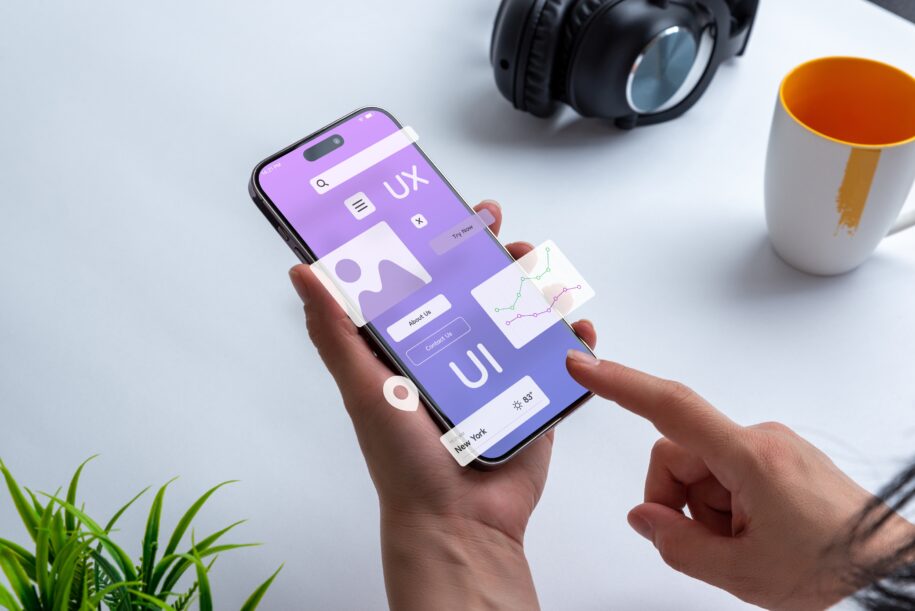Usability testing is a critical step in the development of any digital product, whether it’s a website, mobile app, or software application. By assessing how real users interact with your product, you can identify any usability issues that could hinder user experience and rectify them before your product goes live. This guide explores the different methods of usability testing, outlines its benefits, and provides best practices to ensure your testing is effective.
What is Usability Testing? Usability testing involves observing real users as they interact with your product to identify usability problems, gather qualitative data, and understand user behavior. Unlike other testing methods that might be performed by developers or designers, usability testing gets direct feedback from the end-user. Learn more about the basics of usability testing at Usability.gov.
Key Methods of Usability Testing:
- Moderated In-Person Testing: This traditional form of usability testing involves a moderator working directly with a test participant to explore the user’s experience while using the product in a controlled environment. This method is detailed further in the Interaction Design Foundation’s guide.
- Remote Usability Testing: With advancements in technology, remote testing has become increasingly popular. It allows users to participate from anywhere in the world, providing convenience and a diverse range of user feedback, as discussed on UserTesting’s blog.
- Unmoderated Usability Testing: This method involves users completing tasks independently, without a moderator. Tools like Optimal Workshop offer software that can capture user interactions, making this process efficient and scalable.
- A/B Testing: Often used to compare two versions of a product, A/B testing can provide clear data on user preferences and the effectiveness of specific features. Resources like Optimizely provide great insights on setting up A/B tests.
Benefits of Usability Testing:
- Improved User Experience: Direct feedback from testing participants helps identify and eliminate navigation issues and unclear content, enhancing the overall user experience.
- Increased Conversion Rates: By optimizing the usability of a website or app, businesses can see higher engagement and increased conversions.
- Reduced Development Costs: Catching issues early in the development process reduces the cost and time spent on revisions post-launch.
Best Practices for Conducting Usability Testing:
- Define Clear Objectives: Before beginning testing, know what you want to learn from the process. Setting clear objectives helps focus the testing sessions and ensures that the results are actionable.
- Recruit Representative Users: The users you test should closely represent your actual user base. Services like Respondent.io can help you find the right participants.
- Prepare Realistic Tasks: Tasks given to users during testing should mirror real-life usage scenarios to yield genuine user reactions and responses.
- Analyze and Act on Feedback: Collecting data is only useful if you act on it. Analyze the feedback carefully and prioritize changes that will have the most significant impact on user experience.
Usularity testing is an invaluable practice in the UX design process. By understanding how real users interact with your product, you can make informed decisions that enhance usability, satisfaction, and ultimately, the success of your product. Incorporating regular usability testing into your development cycle ensures your product not only meets but exceeds user expectations.
Interested in optimizing your product through effective usability testing? Contact us at Altered Digital for expert guidance and support in implementing a comprehensive usability testing strategy tailored to your needs.

